When Jewel Plummer Cobb first peered through a microscope as a young girl, she couldn’t have imagined that her fascination with cells would lead her to become one of the most influential cancer researchers of the 20th century. Born in 1924 in Chicago, she would spend her life defying expectations and shattering glass ceilings in a field dominated by white men. Her groundbreaking research on melanoma and her tireless advocacy for diversity in science transformed not just our understanding of cancer, but the very face of American academia.
Early Life and the Seeds of Scientific Curiosity
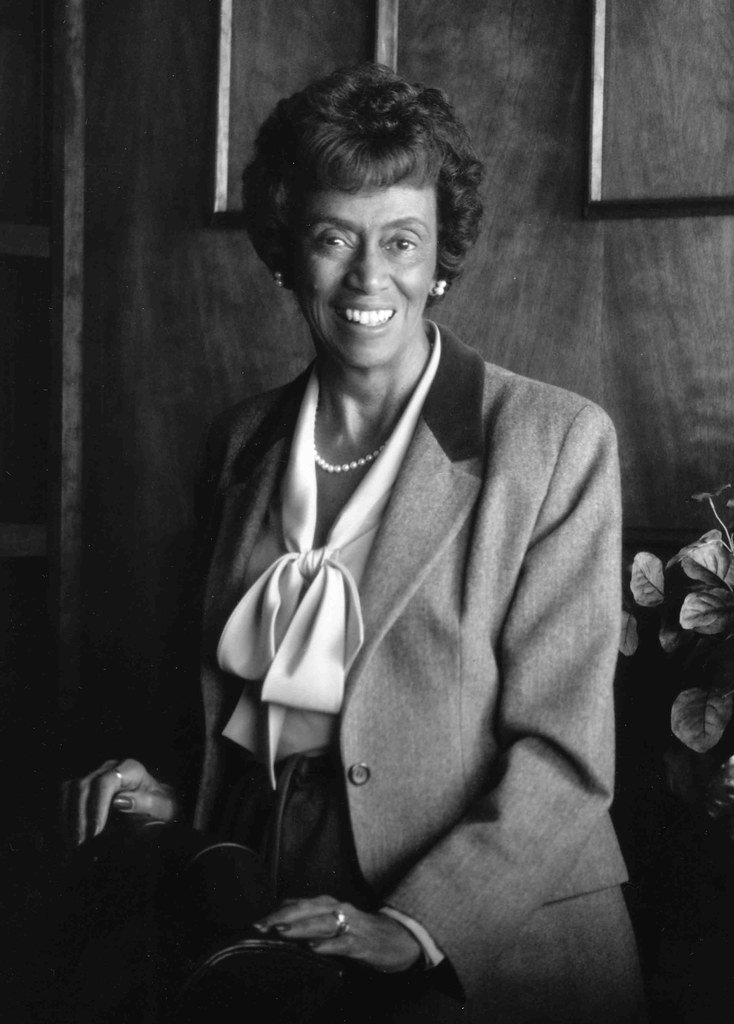
Jewel Plummer’s journey into science began in an unlikely place – her father’s medical practice in Chicago. As a young African American girl in the 1930s, she was already swimming against the tide of societal expectations. Her father, Dr. Frank Plummer, was a physician who encouraged his daughter’s inquisitive nature.
The pivotal moment came when Jewel received a microscope as a gift. She spent countless hours examining everything from pond water to flower petals, mesmerized by the hidden world of cells and microorganisms. This early exposure to the microscopic realm would prove to be the foundation of her future career.
Her mother, Carrielene Cole Plummer, worked as a physical education teacher and dance instructor, bringing a different kind of precision and discipline to Jewel’s upbringing. This combination of scientific rigor from her father and artistic precision from her mother created the perfect environment for a future researcher.
Breaking Through Educational Barriers
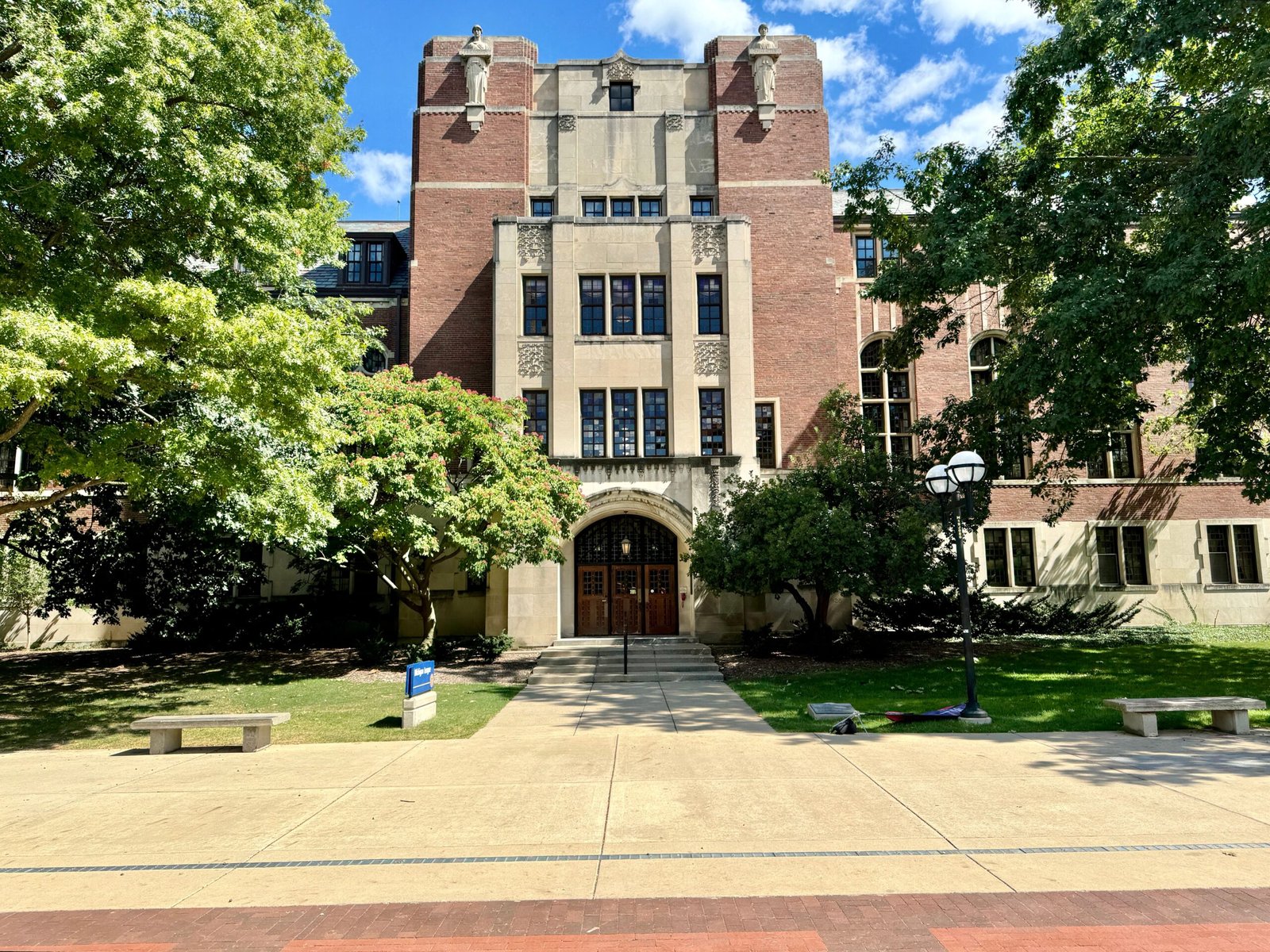
Navigating higher education as an African American woman in the 1940s required extraordinary determination. Jewel attended the University of Michigan, where she was one of only a handful of Black students in her biology classes. The isolation was palpable, but it only strengthened her resolve.
She faced professors who questioned her presence and classmates who treated her as an outsider. Yet Jewel’s academic performance spoke louder than any prejudice. Her professors couldn’t ignore her exceptional laboratory skills and her natural talent for cell biology research.
The university environment was like a pressure cooker – intense, challenging, and transformative. Jewel emerged from this experience not just with a degree, but with an unshakeable confidence in her abilities as a scientist.
The Journey to Graduate School and Beyond

After completing her undergraduate studies, Jewel faced another hurdle: finding a graduate program that would accept her. Many universities had unwritten policies against admitting African American students, particularly in the sciences. She applied to numerous programs, facing rejection after rejection.
Finally, New York University offered her a place in their graduate program. The move to New York was like stepping into a different world, where diversity was more accepted, though still far from perfect. Here, she could focus on what she loved most – understanding how cells work and divide.
Her graduate research focused on cell biology, specifically looking at how different factors affected cellular growth and division. This work would later prove crucial in her cancer research, as cancer is fundamentally a disease of uncontrolled cell division.
The Melanoma Research That Changed Everything

Jewel’s most significant contribution to science came through her groundbreaking research on melanoma, a deadly form of skin cancer. In the 1950s and 1960s, very little was known about how melanoma cells behaved or what factors influenced their growth. Her research was like shining a light into a dark room.
She discovered that melanoma cells responded differently to various chemical treatments compared to normal skin cells. This finding was revolutionary because it suggested that targeted therapies could be developed to attack cancer cells while leaving healthy cells relatively unharmed.
Her laboratory became a hub of discovery, with Jewel meticulously documenting how different compounds affected melanoma cell growth. She tested hundreds of substances, looking for patterns and connections that others had missed.
Understanding Cell Division and Cancer Growth
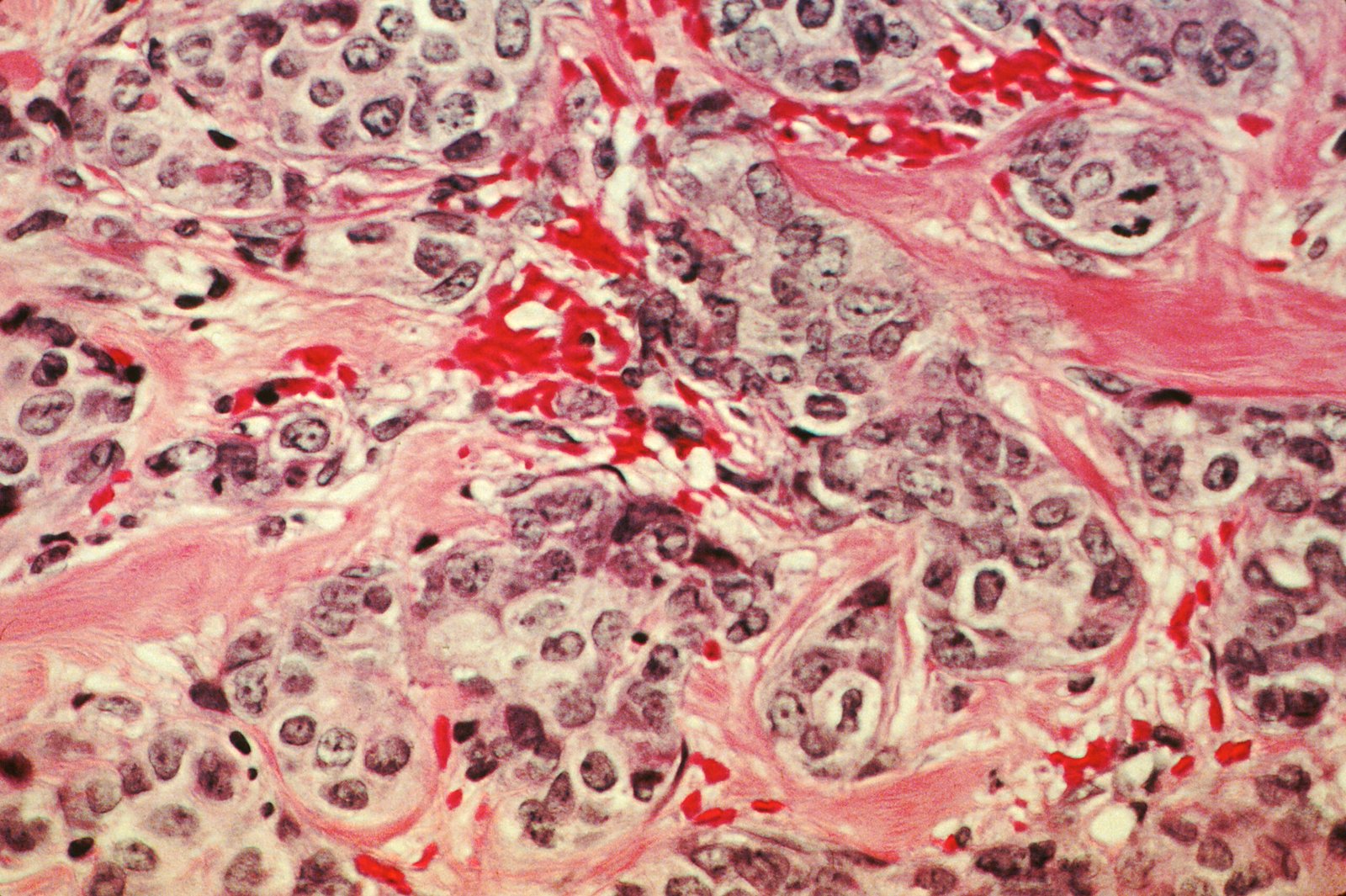
Jewel’s research went beyond just melanoma to explore the fundamental mechanisms of cell division. She was particularly interested in understanding why some cells divide normally while others become cancerous. Her work was like detective work, piecing together clues from countless experiments.
She discovered that certain environmental factors could trigger normal cells to behave like cancer cells. This finding had profound implications for cancer prevention and treatment. If scientists could understand these triggers, they might be able to prevent cancer from developing in the first place.
Her research also revealed important insights about how cancer cells spread throughout the body. She found that melanoma cells had unique properties that allowed them to migrate and establish new tumors in distant locations, a process known as metastasis.
Fighting Prejudice in the Laboratory
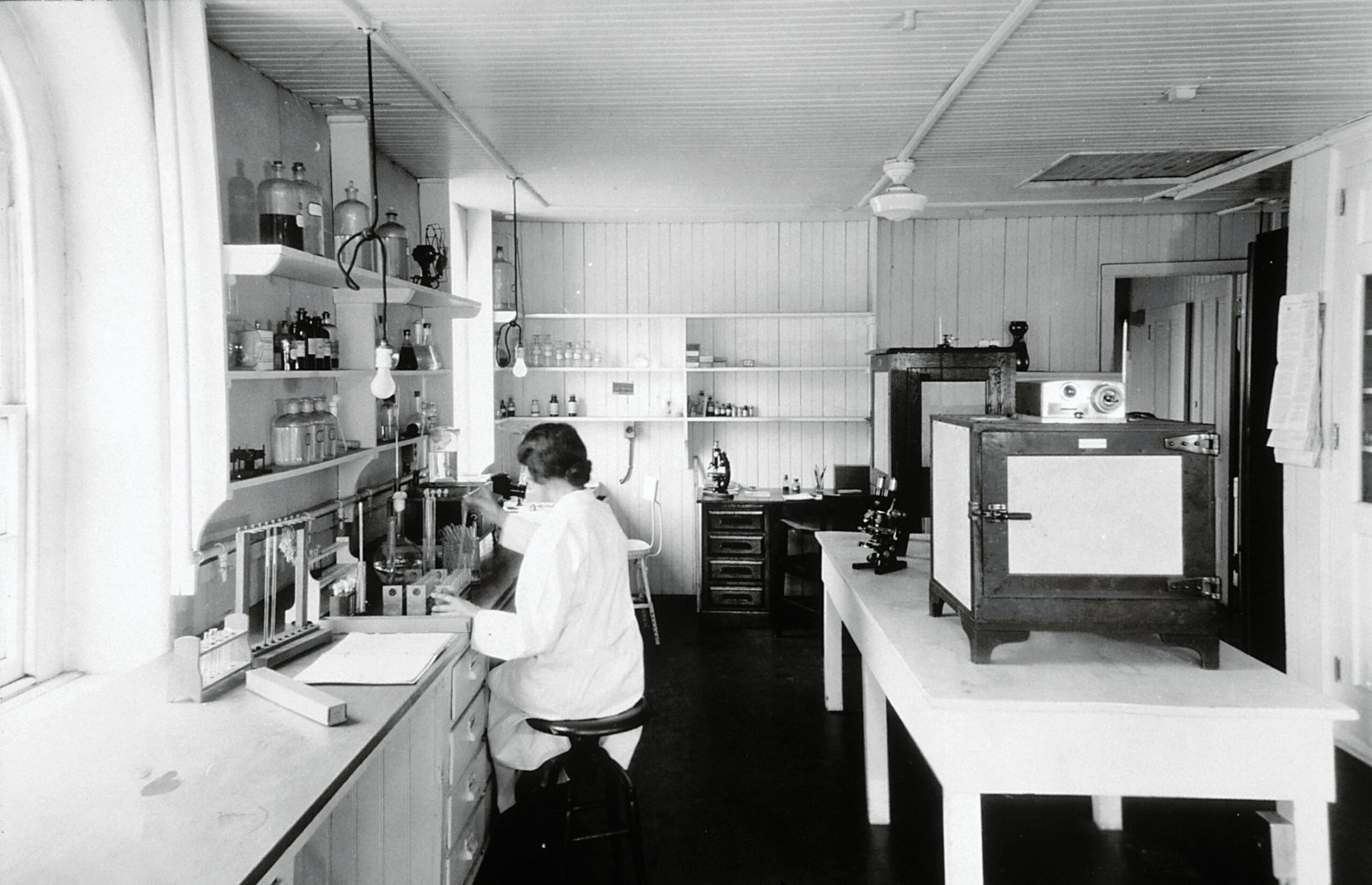
Throughout her career, Jewel faced constant reminders that she didn’t fit the typical image of a scientist. Colleagues sometimes mistook her for a laboratory assistant or questioned her qualifications. These experiences were painful but also motivating.
She developed a thick skin and learned to let her work speak for itself. When presenting her research at conferences, she noticed how the room would fall silent when she walked to the podium. The surprise on people’s faces when she began speaking about complex cellular mechanisms with authority and expertise was both frustrating and satisfying.
Jewel refused to be defined by others’ limitations. She knew that every experiment she conducted and every paper she published was breaking down barriers for future generations of scientists who looked like her.
Mentoring the Next Generation
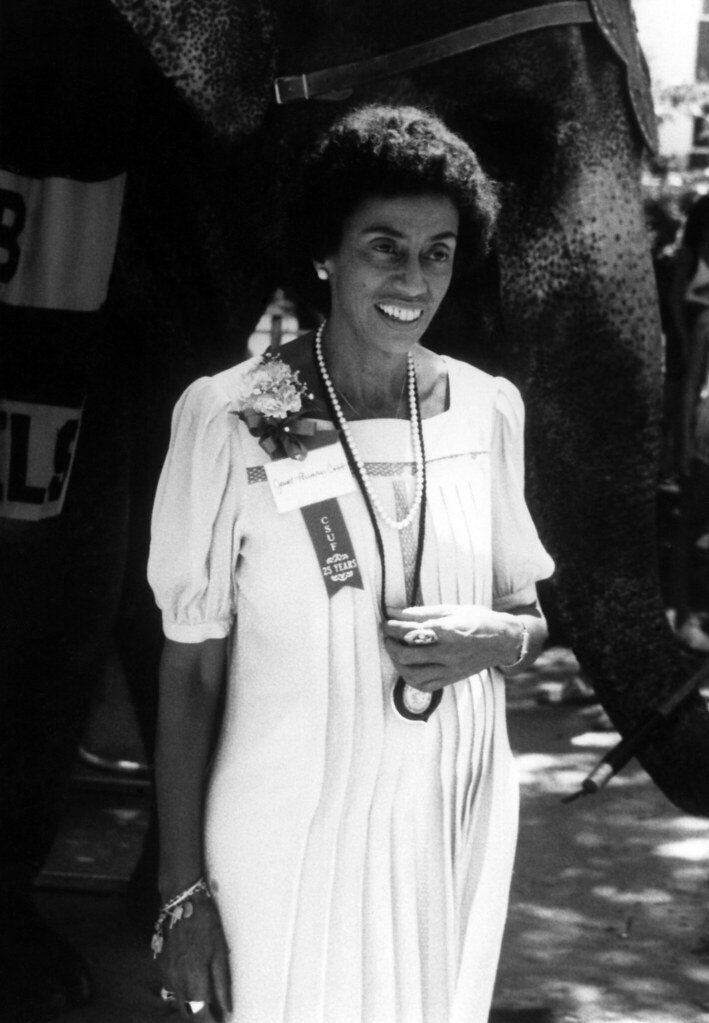
As Jewel’s reputation grew, she became increasingly committed to mentoring young scientists, particularly women and minorities. She understood that representation mattered and that young people needed to see someone who looked like them succeeding in science.
Her laboratory became known as a place where promising young researchers could thrive regardless of their background. She had a unique ability to see potential in students that others might overlook. Her mentoring style was both demanding and nurturing, pushing students to achieve their best while providing the support they needed.
Many of her former students went on to have distinguished careers in science, carrying forward her legacy of excellence and inclusion. They often spoke of how Jewel’s belief in them changed the trajectory of their lives.
Administrative Leadership and Educational Reform
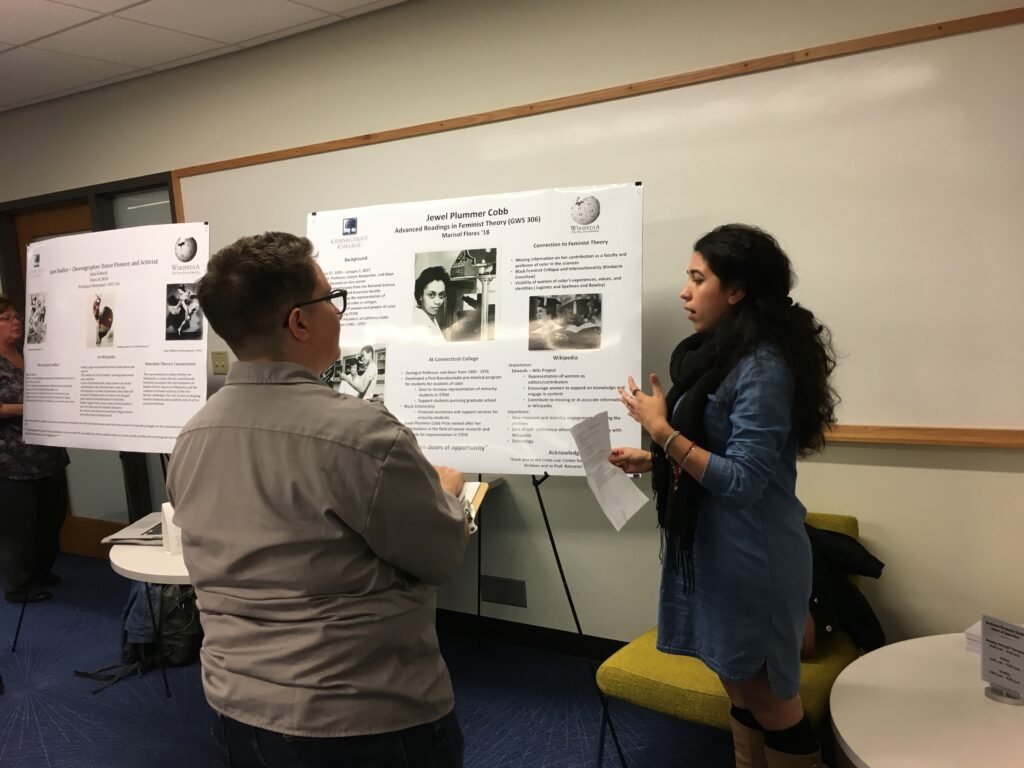
Jewel’s influence extended far beyond the laboratory when she moved into administrative roles. As a dean and later as a college president, she had the power to implement the changes she had long advocated for. Her leadership was transformative, bringing diversity initiatives and educational reforms that opened doors for countless students.
She understood that systemic change required people in positions of power who were committed to inclusion. Her administrative style was collaborative but decisive, always keeping the focus on what was best for students and scientific advancement.
Under her leadership, institutions saw significant increases in the enrollment and success of underrepresented students in science programs. She created pipelines that connected high school students with college programs and college students with graduate opportunities.
The Impact of Her Cancer Research on Treatment

Jewel’s melanoma research had direct implications for cancer treatment. Her discoveries about how melanoma cells responded to different chemical compounds laid the groundwork for the development of new therapeutic approaches. The targeted therapy concept that she helped pioneer would later become a cornerstone of modern cancer treatment.
Her work also contributed to our understanding of cancer drug resistance. She observed that melanoma cells could adapt to treatments over time, becoming less responsive to drugs that had initially been effective. This insight was crucial for developing combination therapies and treatment protocols that could overcome resistance.
The cell culture techniques she developed became standard tools in cancer research laboratories around the world. These methods allowed researchers to study cancer cells in controlled environments, accelerating the pace of discovery and drug development.
Recognition and Awards Throughout Her Career
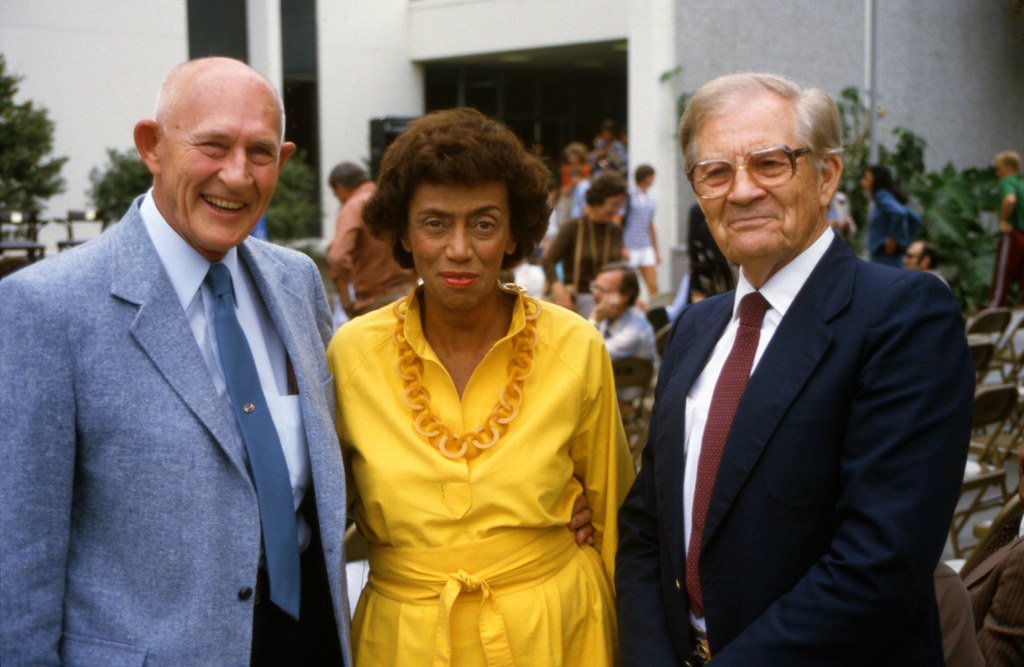
Despite the challenges she faced, Jewel’s contributions to science were increasingly recognized by her peers. She received numerous awards and honors, including fellowship in prestigious scientific societies that had previously excluded people like her. Each recognition was not just a personal achievement but a victory for diversity in science.
Her election to the American Association for the Advancement of Science was particularly meaningful, as it recognized her dual contributions as both a researcher and an advocate for scientific education. She was among the first African American women to receive such recognition in the biological sciences.
Universities began awarding her honorary degrees, acknowledging not just her scientific contributions but her role as a trailblazer who had opened doors for others. These honors came later in her career, but they validated what many had known for years – that she was a scientist of extraordinary talent and impact.
Her Revolutionary Approach to Science Education

Jewel believed that science education needed to be more inclusive and accessible. She developed innovative teaching methods that engaged students from diverse backgrounds, recognizing that different students might learn in different ways. Her approach was revolutionary for its time.
She emphasized hands-on learning and real-world applications, helping students see the relevance of scientific concepts to their daily lives. Her classroom became a place where students felt comfortable asking questions and exploring ideas, regardless of their previous preparation in science.
Her educational philosophy influenced curriculum development at multiple institutions. She advocated for early exposure to research opportunities, believing that students learned best when they were actively engaged in the process of scientific discovery.
Overcoming Institutional Racism in Academia

Throughout her career, Jewel encountered institutional racism that was both overt and subtle. She faced hiring committees that questioned her qualifications despite her impressive publication record. She dealt with funding agencies that seemed reluctant to support her research proposals.
Her response to these challenges was strategic and persistent. She built alliances with supportive colleagues, documented her achievements meticulously, and never allowed others’ prejudices to diminish her self-confidence. She understood that her success would create opportunities for others facing similar barriers.
She also worked within professional organizations to create more inclusive policies and practices. Her advocacy helped establish guidelines for fair hiring and promotion processes that benefited all underrepresented groups in science.
The Global Impact of Her Research

Jewel’s research on melanoma had implications that extended far beyond the United States. Her findings were published in international journals and influenced cancer research programs around the world. Scientists in Europe, Asia, and other regions built upon her discoveries to advance their own research.
The cell culture techniques she developed became standard protocols used in laboratories worldwide. Her methodological innovations made it possible for researchers everywhere to conduct more sophisticated studies of cancer cell behavior.
International scientific conferences regularly featured presentations based on her work. Her research provided a foundation that other scientists could build upon, creating a ripple effect that accelerated progress in cancer research globally.
Personal Challenges and Professional Resilience

Balancing a demanding career with personal life required exceptional resilience. Jewel faced the double burden of gender and racial discrimination while trying to maintain excellence in her research and teaching. The stress was enormous, but she developed coping strategies that sustained her throughout her career.
She found strength in her family relationships and in her connection to the broader African American community. She also drew inspiration from other pioneering women in science, even though their numbers were few. These relationships provided the emotional support she needed to persevere.
Her personal challenges made her more empathetic to the struggles of her students and colleagues. She understood firsthand the additional pressures that underrepresented individuals faced in academia, and she used this understanding to become a more effective mentor and advocate.
Legacy in Modern Cancer Research

Today’s cancer researchers continue to build upon the foundation that Jewel established decades ago. The targeted therapy approaches she pioneered have evolved into sophisticated treatment protocols that have saved countless lives. Modern immunotherapy and precision medicine can trace their roots back to her early insights about cellular behavior.
The diversity initiatives she championed have transformed the landscape of scientific research. Today’s laboratories are more inclusive and representative than ever before, though there is still work to be done. Her vision of a scientific community that welcomes talent from all backgrounds is becoming reality.
Research institutions now recognize that diversity isn’t just a moral imperative but a scientific one. Teams with diverse perspectives produce more innovative solutions and make more groundbreaking discoveries, validating Jewel’s long-held beliefs about the value of inclusion in science.
Inspiring Future Generations of Scientists

Jewel’s story continues to inspire young people who dream of careers in science but face obstacles that seem insurmountable. Her example shows that persistence, excellence, and strategic thinking can overcome even the most formidable barriers. She proved that scientific talent comes in all colors and genders.
Educational programs now use her story to encourage underrepresented students to pursue STEM careers. Her biography has become required reading in many diversity and inclusion courses, helping future scientists understand both the challenges and opportunities that lie ahead.
The scholarships and programs established in her name continue to support students who face similar challenges to those she overcame. These initiatives ensure that her impact extends far beyond her own lifetime, creating pathways for future generations of diverse scientists.
The Enduring Relevance of Her Scientific Contributions
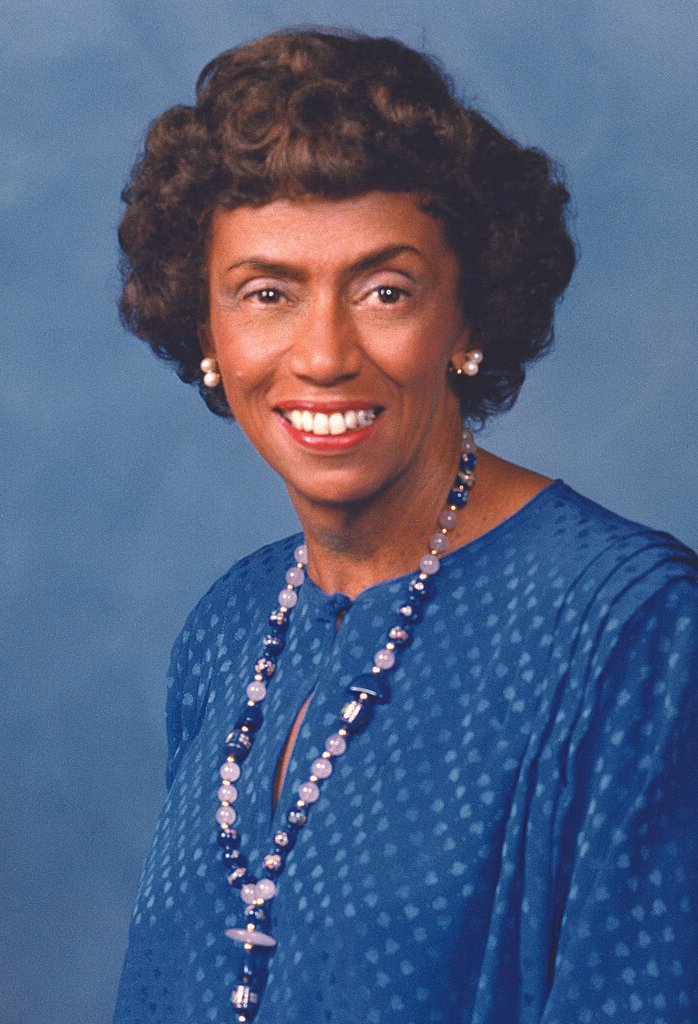
As cancer research continues to evolve, Jewel’s fundamental insights about cellular behavior remain relevant and important. Her work on how environmental factors influence cell division is more crucial than ever as we grapple with increasing cancer rates and environmental challenges.
Her research methods and approaches continue to be taught in graduate programs around the world. The questions she asked and the techniques she developed remain valuable tools for contemporary researchers tackling new challenges in cancer biology.
The interdisciplinary approach she advocated – combining basic research with practical applications – has become the standard in modern biomedical research. She understood that the best science happens when researchers work across traditional boundaries to solve complex problems.
Jewel Plummer Cobb’s remarkable journey from a curious child with a microscope to a groundbreaking cancer researcher demonstrates the transformative power of perseverance and scientific excellence. Her discoveries about melanoma and cellular behavior saved lives and advanced our understanding of cancer in ways that continue to benefit patients today. More than just a scientist, she was a visionary who understood that true progress in science requires the full participation of all talented individuals, regardless of their background. Her dual legacy as both a pioneering researcher and a champion of diversity created ripple effects that continue to shape the scientific community decades later. The laboratories, classrooms, and research institutions that are more inclusive today exist because she had the courage to break barriers and the wisdom to lift others as she climbed. What other barriers might have fallen sooner if more people had her combination of scientific brilliance and unwavering commitment to justice?



